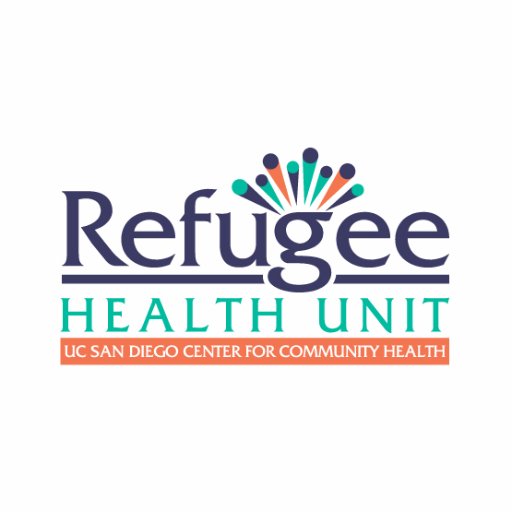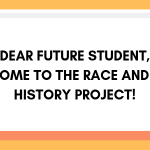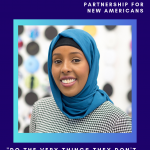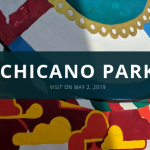I was not really sure what I was going to encounter my first day working with the Refugee Health Unit, an offshoot of the UC San Diego Center for Community Health. Since moving to La Jolla several months ago, I had yet to visit City Heights, or even truly explore any of the communities outside UCSD. Therefore, when April 11th rolled around I was truly excited to get a chance to meet with R. Z at the Refugee Health Unit office in City Heights.
We had already exchanged a copious amount of email correspondence, as at that point in the school quarter, the group of students working with the Refugee Health Unit consisted of myself and one other student, E.L. As E.L was unable to meet during the second week of classes, I went with the intention of taking notes on behalf of all parties.
The drive to City Heights was a quiet one, but my initial impression of City Heights was warm and inviting. When it came to finding the Refugee Health Unit, I admittedly got a bit lost trying to find the office. On the way, I passed a cafe serving excellent sambusas as well as bao buns and had a passing conversation with patients at the nearby Health Clinic in Spanish (well, I attempted to). The diversity and vibrancy within the short stretch of road demonstrated just how many different cultures and communities could coexist, and furthermore explained how the Refugee Health Unit could maintain contact with so many refugee organizations that represented multiple ethnic groups within City Heights.
“Refugees are mothers, fathers, sisters, brothers, children, with the same hopes and ambitions as us—except that a twist of fate has bound their lives to a global refugee crisis on an unprecedented scale.”
Khaled Hosseini
Upon finally reaching the correct floor and building, it was time to begin work in earnest. My first meeting with R. Z and A.S.M, both public health professionals, was primarily to discuss what our group project with them would consist of and how exactly we would conduct our oral histories while fully interacting with the community (alongside a copious amount of notetaking). Eventually, we decided that we would create a series of community profiles that highlight the work, stories, and experiences of community members that work in partnership with the Refugee Health Unit. Essentially, we would reach out to each partnering organization and then match up with a community leader, conduct a short interview, and create a graphic that could be shared for World Refugee Day, which is in the month of June. However, we knew that there were many more details left to iron out. R and A were so inviting and helpful and endeavored to understand as much of what was expected of us from the class as well as helping us find out how we could get involved within the Refugee Health Unit.
The week after, another member joined our group, P.H. As a group of three, each person decided to contact two different community partners, and we ironed out some more details with R.Z. during the second meeting.
The week after that, we used the office space at the Refugee Health Clinic to contact community partners and complete the template for the graphics. I reached out to two organizations, the Partnership for the Advancement of New Americans (PANA) and the Southern Sudanese Community Center (SSCC). PANA established contact and agreed to participate in both the community profiles and expressed interest in the oral histories aspect. The spokesperson for the Southern Sudanese Community Center was less certain at this point. Furthermore, we decided to incorporate our interviews into an illustrated poem for our final presentation.
This week, due to a missing member our work will be re-distributed slightly but the overall plan is to establish contact and conduct interviews as soon as possible and get involved with the community partners that we will be interviewing.
The Refugee Health Unit is essentially an organization that moves between a number of partnered organizations, so much of the work is focused on behind the scenes collaboration to make events happen and facilitate the movement of resources. However, these connections represent the wide diversity of the City Heights refugee community, from Burmese refugees to helping provide for people from Sudan and Syria. City Heights represents a global community, and organizations like the Refugee Health Unit work to secure the futures and quality of life for its inhabitants





